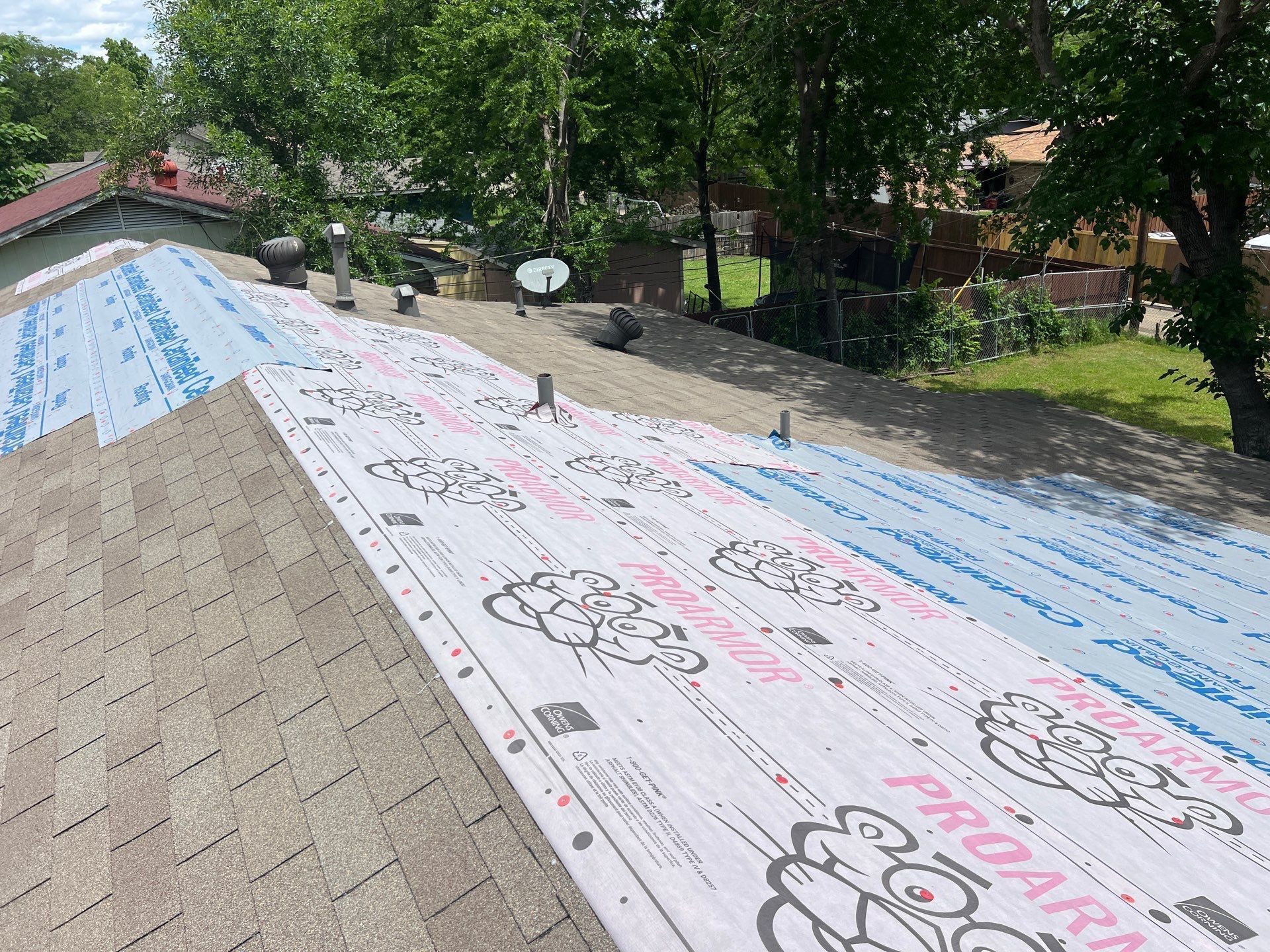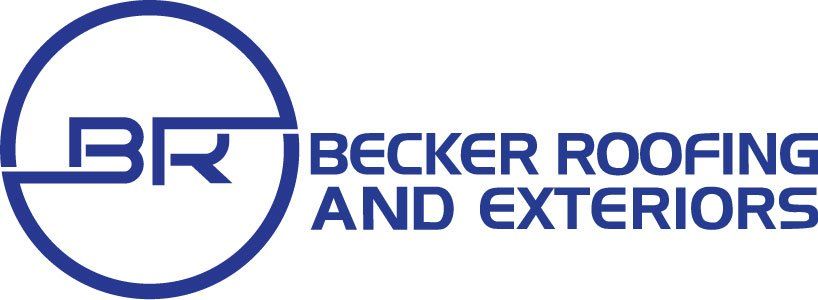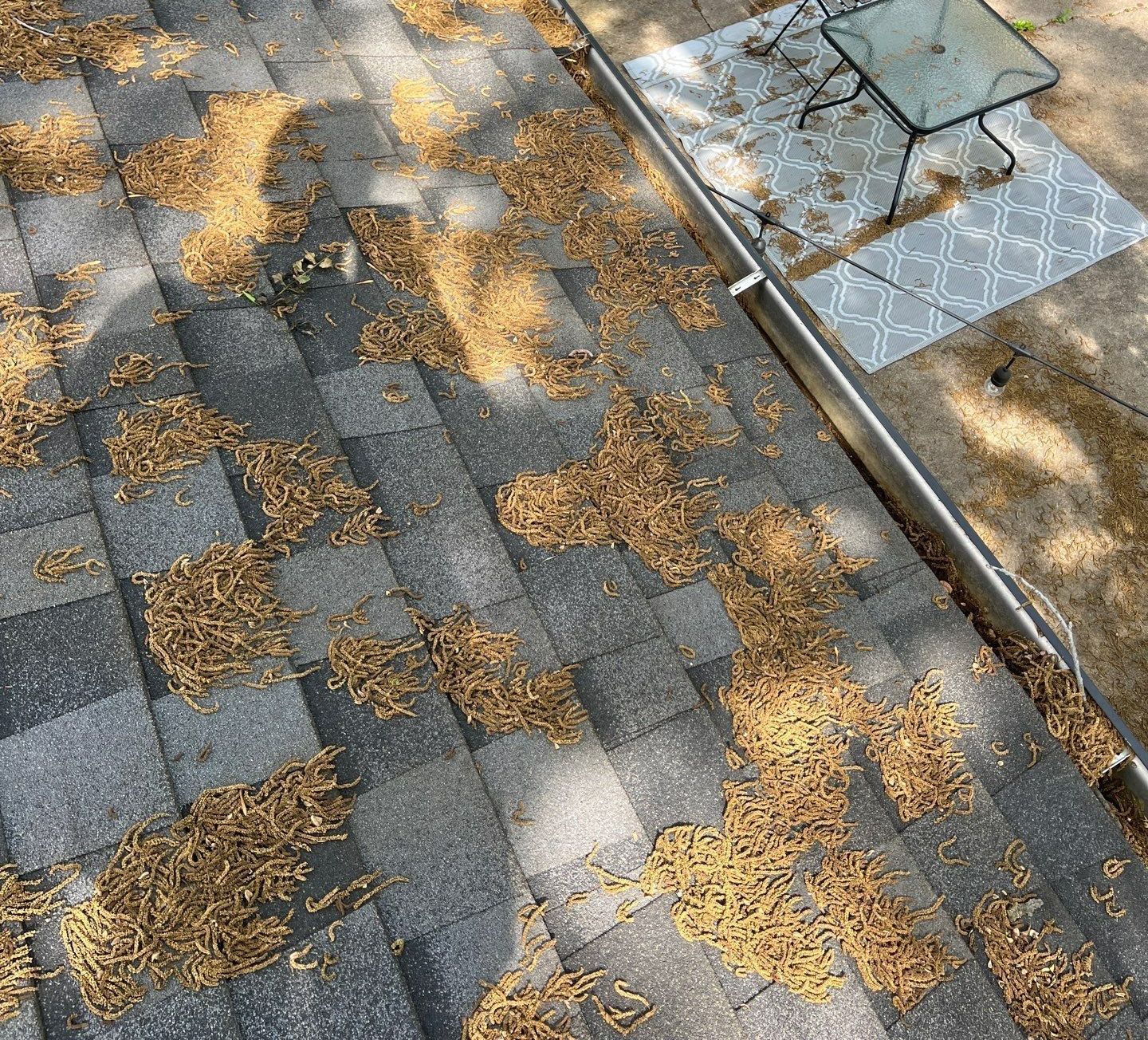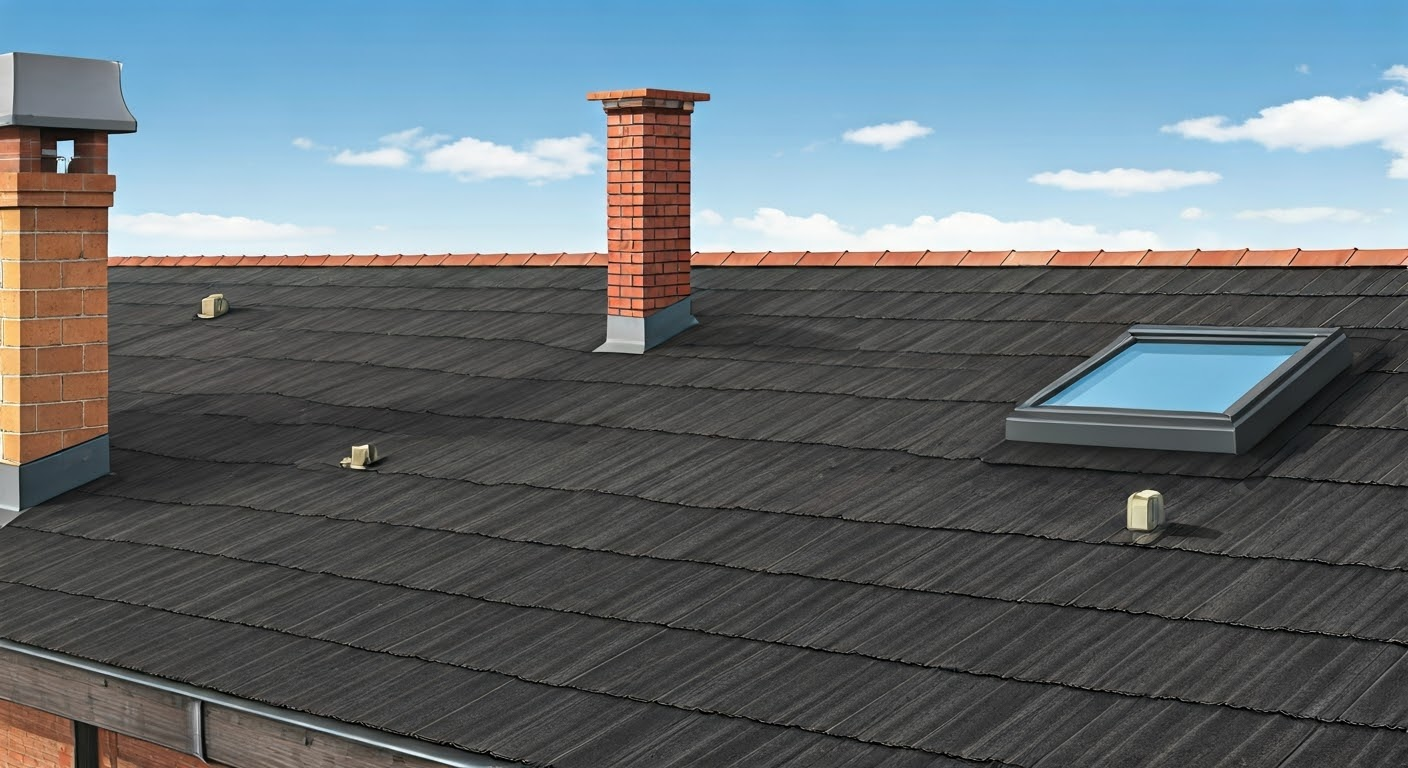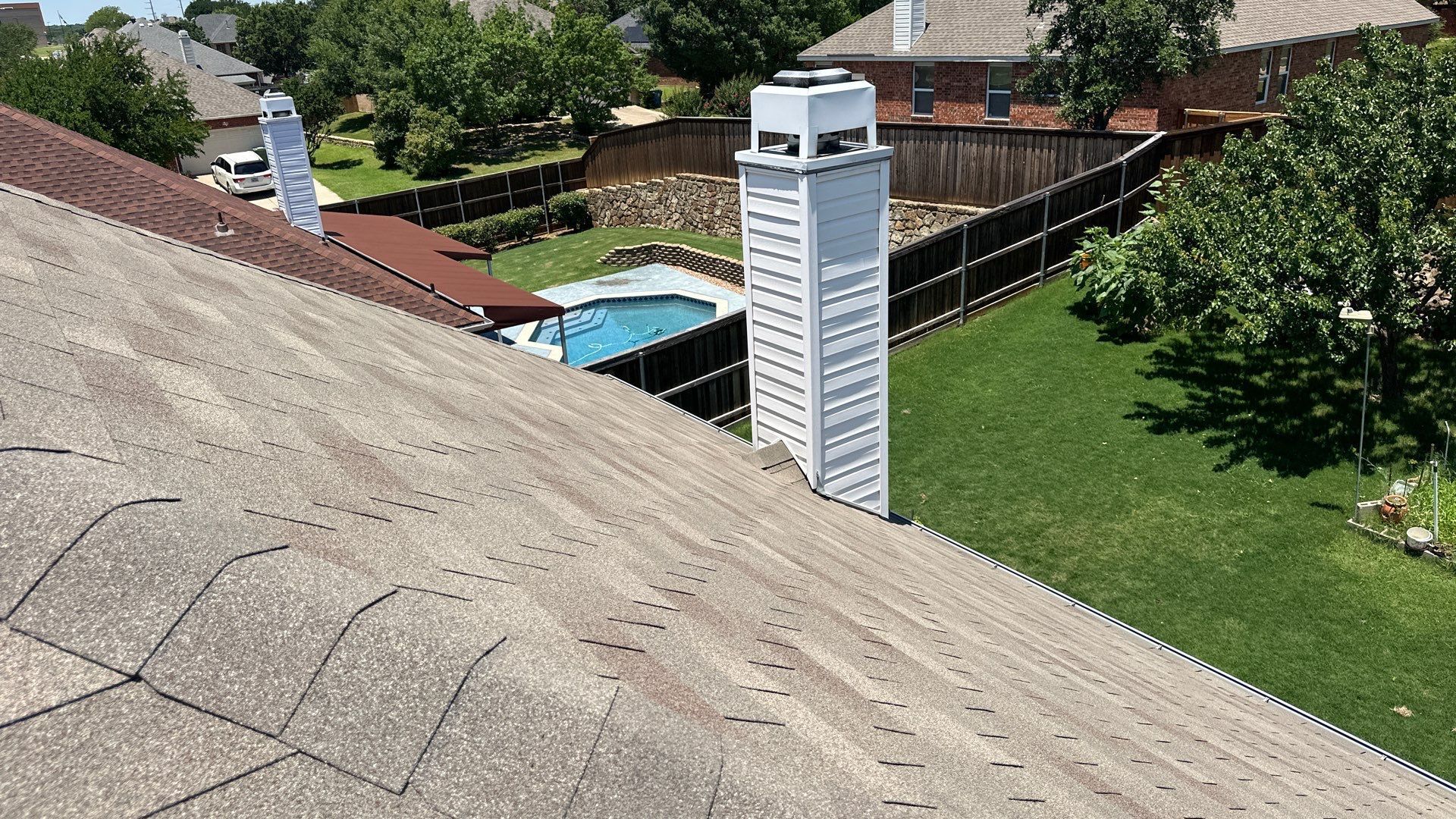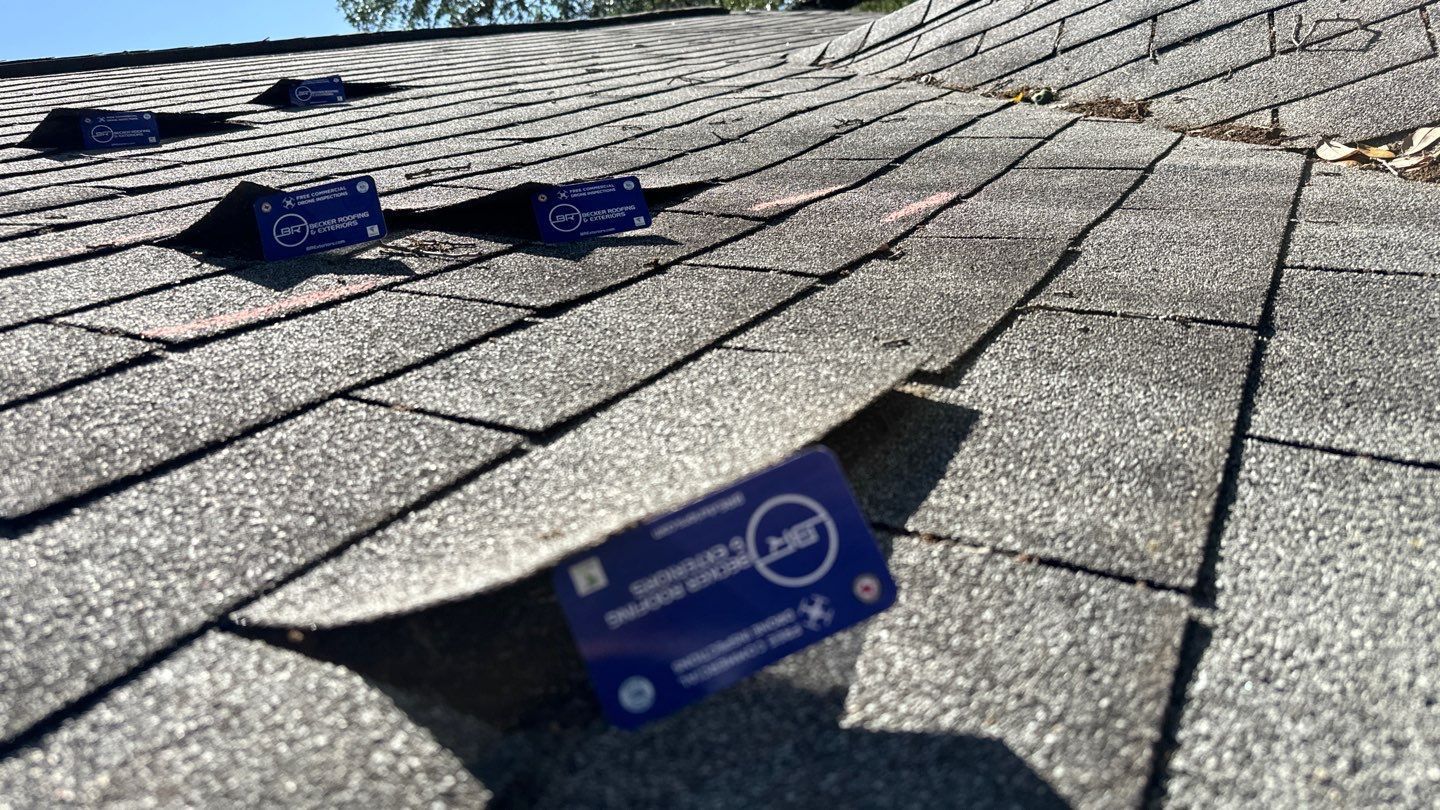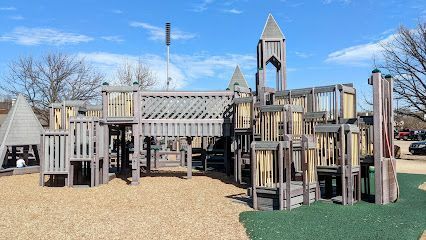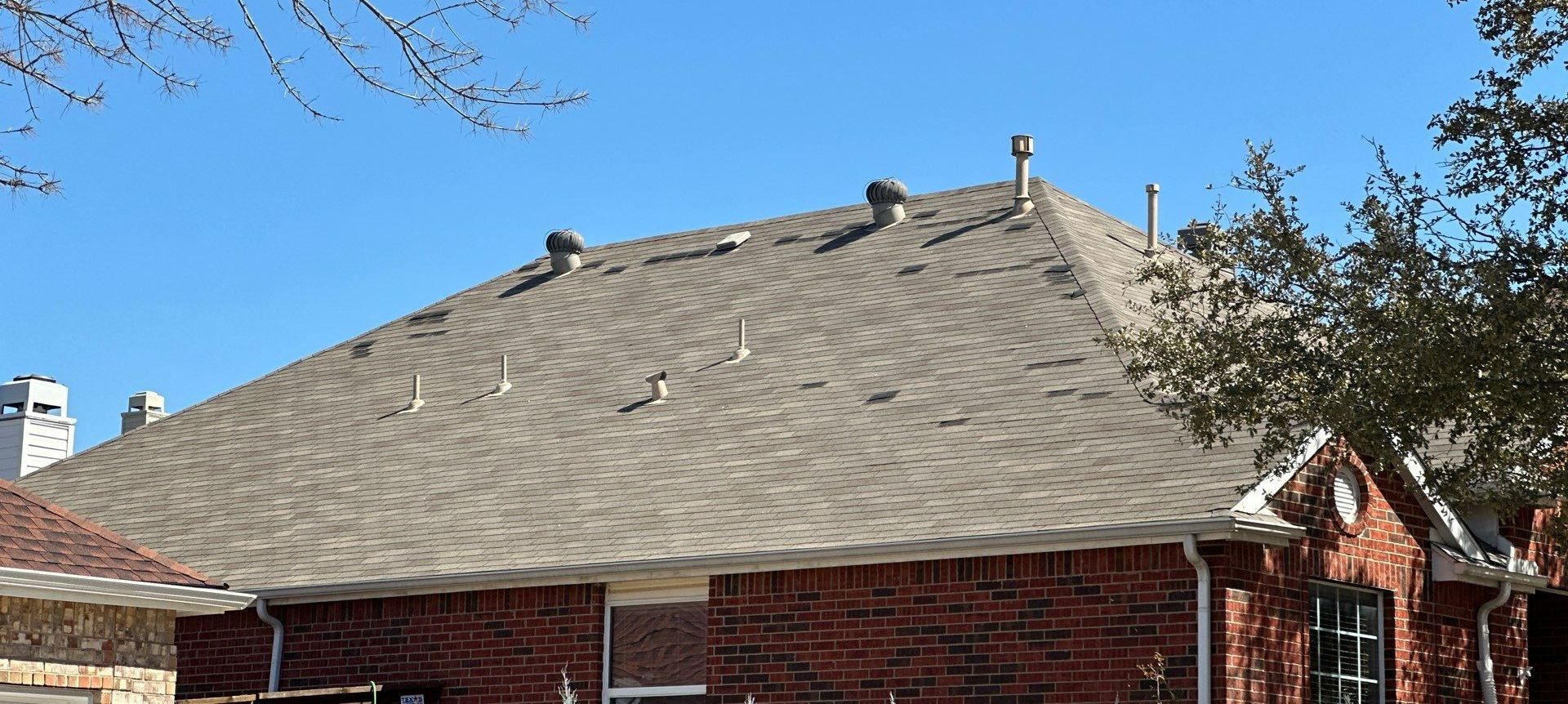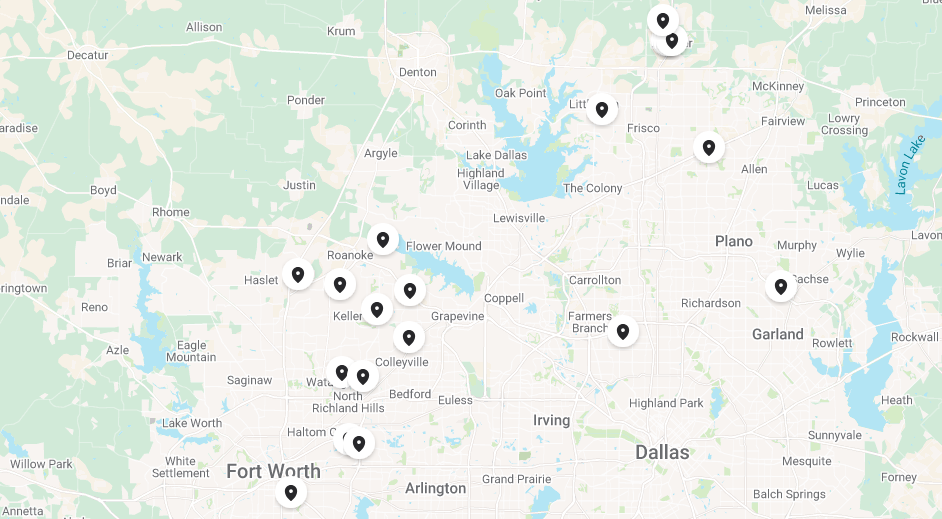Choosing the Right Type: Understanding Fort Worth Roofing Shingles Types
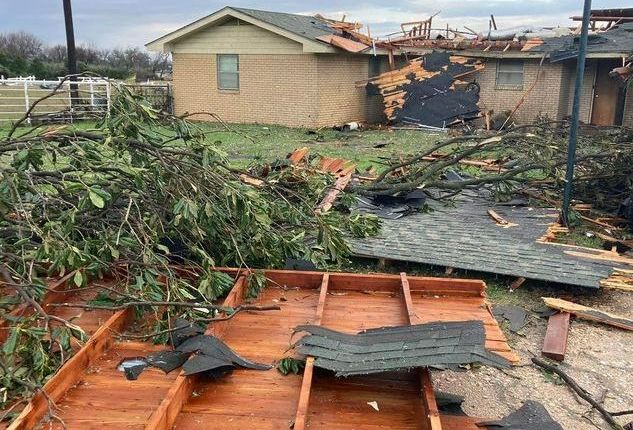
Choosing the Right Type: Understanding Fort Worth Roofing Shingles Types
Are you trying to find the best roofing shingles for your Fort Worth home? With options like durable metal, versatile asphalt, premium slate, and resilient concrete or clay, choosing can be overwhelming. This guide will help you navigate fort worth roofing shingles types, focusing on their suitability for local homes, including benefits and cost factors. Equip yourself with the knowledge to pick shingles that are both aesthetic and enduring, without delving into sales pitches or unnecessary information.
Key Takeaways
- A variety of roofing materials including asphalt shingles, metal roofs, slate tiles, and concrete & clay tiles, each offer unique benefits and suit different needs for Fort Worth’s climate and architectural styles.
- Class 3 and Class 4 shingles provide varying levels of impact resistance suitable for Fort Worth’s storm-prone environment, with Class 4 shingles offering the highest protection and potential insurance savings.
- Wind resistance is a critical factor in selecting roofing materials for Fort Worth, with architectural shingles and metal roofs providing better wind ratings compared to 3-tab shingles, which are not recommended by Becker Roofing and Exteriors.
Exploring Popular Roofing Shingle Types in Fort Worth
Fort Worth, with its diverse architecture and unique climate, calls for a variety of roofing materials. The popular choices range from:
- Versatile asphalt shingles
- Durable metal roofs
- Premium slate tiles
- Resilient concrete and clay tiles
Each of these traditional roofing materials has carved its niche in the roofing landscape of North Texas, offering distinct advantages to homeowners when it comes to roof decking.
Choosing the right roofing material is as much about understanding the unique benefits of each option as it is about considering your home’s specific requirements and your personal preferences. This exploration will provide an in-depth look into each of these popular roofing shingle types, highlighting their unique characteristics and suitability for Fort Worth homes.
Asphalt Shingles: Affordable and Versatile
Asphalt shingle roofing has been a mainstay in North Texas for decades, and for good reason. Their affordability, durability, and ease of installation make them a preferred choice for homeowners. But the appeal of asphalt shingles goes well beyond their cost efficiency. They offer an incredible range of options in terms of colors and styles, allowing homeowners to personalize their roofs to match their aesthetic vision.
Architectural shingles, a type of asphalt shingle, are gaining popularity for their superior durability and aesthetic appeal. Here are some key features of architectural shingles:
- They offer a more dimensional look compared to traditional asphalt shingles and other shingle types, including traditional shingle roofing.
- They provide increased wind resistance.
- They enhance the versatility of asphalt shingles, allowing homeowners to mimic the look of more expensive materials like cedar shakes or slate roofing without breaking the bank.
Metal Roofs: Durable and Energy Efficient
There’s more to a metal roof than just its industrial charm. Known for their exceptional durability, metal roofs can last more than 40 years with proper maintenance, making them an excellent choice for a new roof. Their strength is complemented by their energy efficiency. Thanks to their reflective properties, metal roofing can significantly reduce cooling costs by reflecting heat away from your home.
Safety is another feather in the metal roof’s cap. Offering increased fire resistance, metal roofs are a safe choice for homes in areas prone to wildfires. These attributes make metal roofs a sound investment for Fort Worth homeowners, providing longevity, energy savings, and peace of mind.
Slate Tiles: A Premium Choice for Longevity
When it comes to roofing materials that marry durability and elegance, slate tiles top the list. Known for their extreme durability, slate roofs can last over a century with appropriate upkeep, making them a lasting investment for Fort Worth homeowners. But their appeal isn’t confined to their longevity.
Slate tiles, commonly used for slate roof installations, have several advantages:
- They are made from natural stone, making them an environmentally friendly choice that can be recycled.
- The natural appearance of slate tile roofing contributes a unique and elegant character to homes, setting them apart in neighborhoods.
- They have a low water absorption rate, offering superior resistance to frost damage and breakage from freezing, which is valuable in areas with occasional freezing temperatures.
Concrete and Clay Tiles: Resilient and Low Maintenance
Concrete and clay tiles, as well as concrete roofs, offer a unique blend of resilience, low maintenance, and aesthetic versatility. They are known for their durability, thanks to their impact resistance, providing robust protection against hail, a common environmental factor in Texas. This durability is matched by their low maintenance requirement, making them a cost-effective solution for homeowners in Fort Worth.
Moreover, concrete and clay tiles are known for their energy efficiency. They absorb a significant amount of the sun’s radiant heat, contributing to lower cooling expenses during the hot summers of Texas. A diverse range of colors and styles makes these tiles aesthetically versatile, allowing homeowners to complement various architectural designs found in Fort Worth.
Impact Resistance & Insurance Saving: Class 3 & 4 Shingles
In a region frequently hit by storms and hail, such as Fort Worth, impact resistance is a crucial factor when choosing roofing materials. Enter Class 3 and 4 shingles. These shingles are rated based on their ability to resist impact from steel balls that emulate hail. The higher the class, the better the shingle’s resistance to hail and storms.
But the benefits of Class 3 and 4 shingles go beyond enhanced protection. They can also lead to insurance premium discounts. Insurance companies often offer premium discounts for homes with these shingles, reflecting their advanced damage resistance.
We will further explore these classes and their respective advantages.
Class 3 Shingles: Enhanced Protection
Class 3 shingles, including dimensional shingles, are designed to withstand the impact of a 1.75-inch diameter steel ball dropped twice onto the same spot without cracking. This enhanced protection leads to reduced repair costs over time, as these shingles are less likely to sustain damage from:
- hail
- strong winds
- heavy rain
- snow and ice
The enhanced protection offered by Class 3 shingles is particularly beneficial for homeowners in areas with moderate weather conditions. In such areas, these shingles provide:
- A balanced combination of affordability and durability
- Enhanced protection against wind, hail, and other weather elements
- Peace of mind knowing that your roof is built to withstand moderate weather conditions
This makes Class 3 shingles a popular choice among homeowners.
Class 4 Shingles: Maximum Defense
For regions prone to severe weather, like ‘Hail Alley’, Class 4 shingles provide the highest level of impact resistance. These shingles are designed to withstand the impact of a 2-inch diameter steel ball dropped twice onto the same spot without cracking.
While Class 4 shingles come with a higher upfront cost, they present a better long-term value. Here are some reasons why:
- They offer superior protection from severe hail and storm conditions.
- They can lead to significant insurance premium discounts, further enhancing their appeal in storm-prone regions.
- The investment in Class 4 shingles can be justified by the long-term financial benefits, including reduced repair, insurance, and possibly even energy costs.
Wind Ratings and Fort Worth Weather Considerations
In a city like Fort Worth, where buildings must be equipped to handle maximum wind speeds of up to 90 miles per hour, wind ratings are crucial when choosing roofing materials. Architectural shingles and metal roofs offer better wind resistance than 3-tab shingles, which have a lower wind resistance rating and are not recommended by Becker Roofing and Exteriors.
Comprehending wind ratings and taking into account Fort Worth’s windy conditions is essential for an informed decision. We will further examine the limitations of 3-tab shingles and the advantages of architectural shingles concerning wind resistance.
The Limitations of 3-Tab Shingles
The wind rating for 3-tab shingles in the Dallas-Fort Worth area is only 55-60 mph, indicating a lower resistance to high winds compared to other shingle types. As such, Becker Roofing and Exteriors typically do not recommend 3-tab shingles due to their lower wind resistance.
3-tab shingles are more susceptible to wind damage due to uplift pressure, especially at the corners and along the roof edges where they are most vulnerable. The uplift effect is exacerbated by wind-created negative pressure that can lift the shingles from the roof deck, further increasing the risk of damage during strong wind events.
Architectural Shingles: A Better Option for Wind Resistance
In contrast to 3-tab roof shingles, architectural shingles offer better wind resistance. They are typically rated for winds between 80 mph and 120 mph, providing higher wind resistance suitable for Fort Worth’s weather.
The enhanced wind resistance of architectural shingles is due to the use of a thicker base mat and stronger adhesives in their construction. By ensuring specific wind speed protection, homeowners can maximize the protection of their homes against high winds.
Expert Advice and Quality Workmanship: Partnering with Becker Roofing and Exteriors
Partnering with Becker Roofing and Exteriors ensures expert advice, quality workmanship, and tailored roofing solutions for Fort Worth homeowners. With their comprehensive suite of services, from repairs to full roof restorations and roof replacement, they cater to both residential and commercial clients, offering a holistic approach to roofing solutions.
As a family-owned company, Becker Roofing and Exteriors serves the entire Dallas Fort Worth Metroplex, strengthening its community ties and understanding of local roofing needs. They provide full consultation and inspection to discuss available roofing options, ensuring that you make the most informed decision for your home.
Choosing the Right Shingle Type for Your Home
The selection of the right shingle type for your home depends on several factors, including local climate, aesthetics, and budget. For example, CertainTeed’s ClimateFlex® technology in their Class 4 shingles is specifically designed to be more pliable and resilient, adapting to the challenges of the Fort Worth climate.
Aesthetics also play a vital role in the selection process. Homeowners should carefully choose shingle colors to complement their home, shutter, window frame, and door colors. Staying informed on the latest roofing color trends can assist homeowners in making a trendy choice for their home’s aesthetic. However, while climate and aesthetics are primary concerns, budget is an equally important consideration that homeowners must keep in mind.
Ensuring Proper Installation and Maintenance
It’s vital to ensure proper installation and maintenance of roofing shingles to maximize protection against wind damage and ensure your roof’s longevity. Adhering to manufacturer standards for nailing during the installation of shingles is crucial for maximum protection against wind damage. Installation flaws, including misaligned shingles or incorrect placement of nails, can lead to increased vulnerability to wind damage.
Maintenance is equally important. For instance, asphalt shingles require regular inspections but generally demand less maintenance and repair over their lifespan. By ensuring proper roof installation and maintenance, you can make the most of your roofing investment.
Summary
Choosing the right roofing shingles for your home is a critical decision that impacts your home’s durability, aesthetics, and energy efficiency. In Fort Worth, where the climate and architecture call for a variety of roofing materials, homeowners have a wide array of options to choose from. From the versatile asphalt shingles to the durable metal roofs, the premium slate tiles, and the resilient concrete and clay tiles, each type offers distinct advantages.
Partnering with a trusted provider like Becker Roofing and Exteriors ensures expert advice, quality workmanship, and tailored roofing solutions. By considering factors such as the local climate, aesthetics, budget, impact resistance, wind ratings, and proper installation and maintenance, homeowners can make an informed decision that best suits their needs and preferences.
Frequently Asked Questions
What are the most popular roofing shingle types in Fort Worth?
In Fort Worth, the most popular roofing shingle types are asphalt shingles, metal roofs, slate tiles, and concrete and clay tiles. These options provide a range of choices for homeowners with different preferences and needs.
What are Class 3 and 4 shingles?
Class 3 and 4 shingles are rated based on their ability to resist impact from steel balls that emulate hail. The higher the class, the better the shingle's resistance to hail and storms.
Why are 3-tab shingles not recommended in Fort Worth?
It is not recommended to use 3-tab shingles in Fort Worth due to their lower wind resistance rating, which makes them less suitable for the city's windy conditions.
How can I choose the right shingle type for my home?
Consider factors like local climate, aesthetics, and budget when choosing shingle type for your home. Partnering with a trusted provider like Becker Roofing and Exteriors can provide expert advice and quality workmanship.
What is important to ensure about installation and maintenance of shingles?
Ensuring proper installation and maintenance of roofing shingles is crucial to maximize protection against wind damage and ensure the longevity of your roof. This will help avoid costly repairs in the future.
